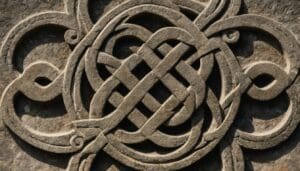How Muhammad Ali Pasha Reinvented Egypt
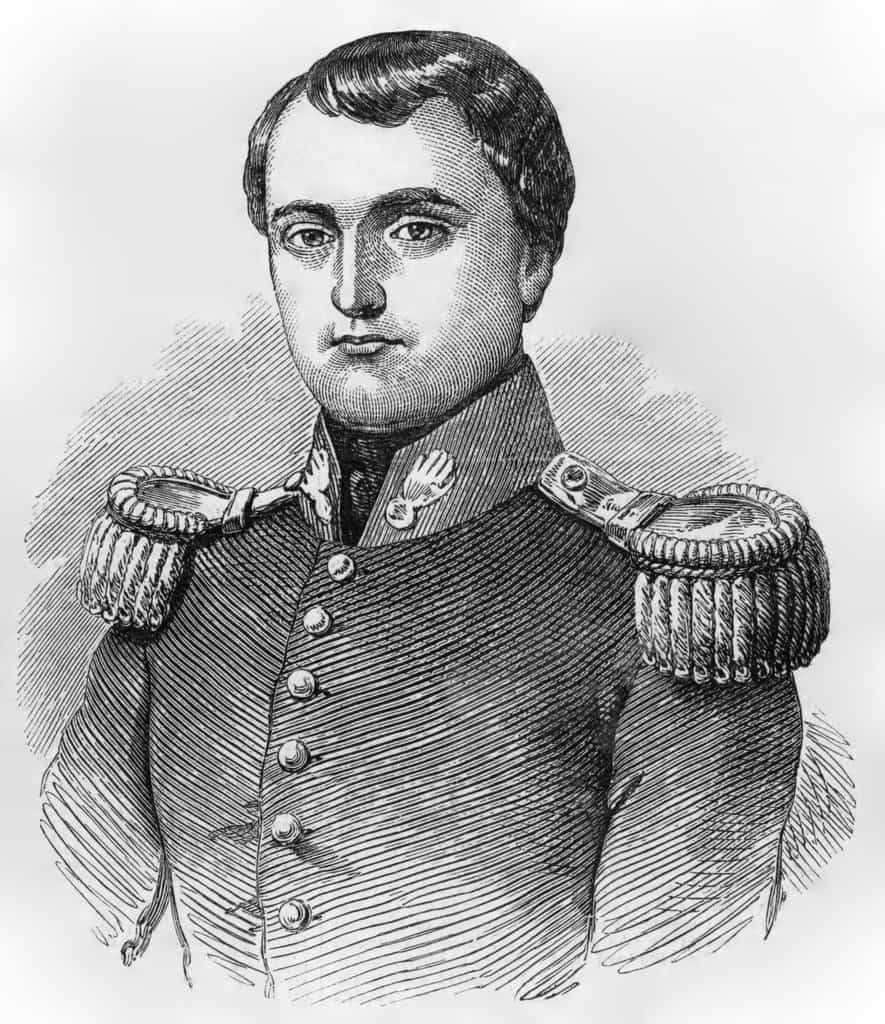
Updated On: November 08, 2023 by Noha Basiouny
No one can argue over how rich and profound Egyptian history is. But many limits that history to the great ancient Egyptian civilisation without giving as much regard to the Egypts that came after. As it turns out, all the periods that followed ancient Egypt were just as significant and left huge hallmarks that shaped the diversity of this country, even though they were not fairly emphasised.
One of those remarkable periods is modern Egypt. Most scholars agree that it started in the early 19th century when Muhammad Ali Pasha rose to power and was determined to reinvent Egypt. During his reign, Egypt witnessed outstanding developments in its politics, infrastructure, culture, health system and education. Additionally, the archaeological discoveries that started off with the deciphering of the Rosetta Stone drew the world’s attention toward Egypt in a way that retrieved some of the country’s long-lost glory.
In this article, we are going to explore the staggering timeline of Muhammad Ali’s reign and highlight some of his great reforms that literally transformed Egypt. So bring along a cup of coffee, and let’s hop into it.
1798: The Start of Everything
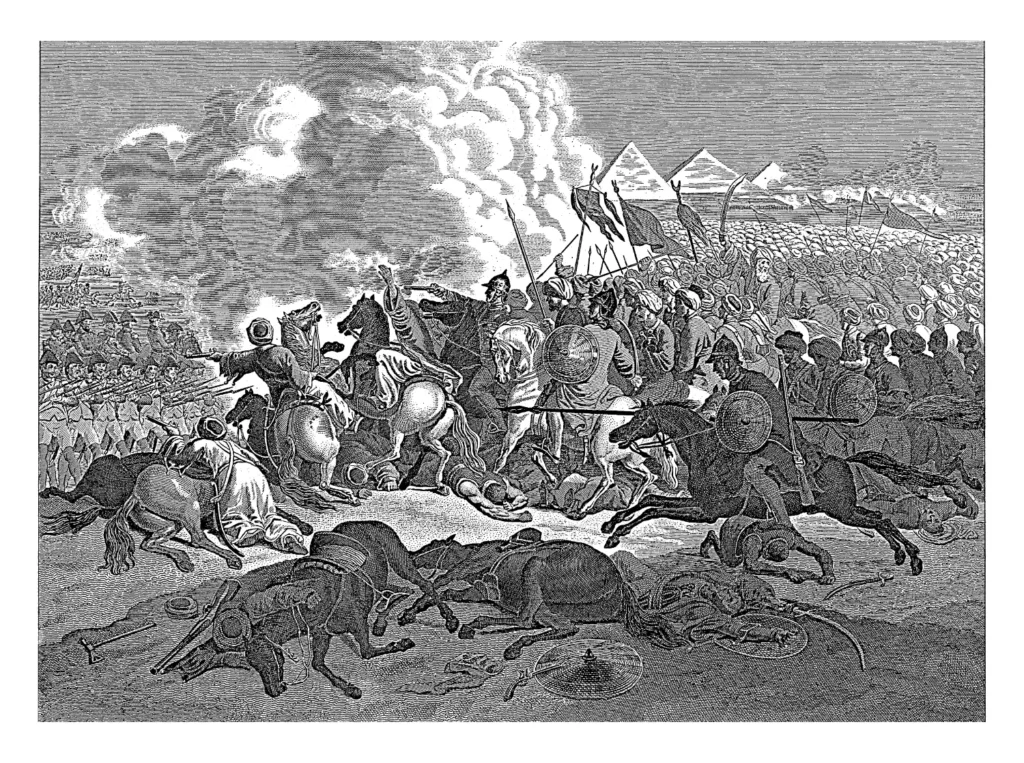
While many scholars choose to mark the beginning of modern Egypt with Muhammad Ali coming to power, some, myself included, believe that it goes just a few years prior to that, precisely in 1798. That is when Monsieur Emperor Napoleon Bonaparte suddenly decided to conquer the country in what has been historically known as the French Campaign in Egypt.
At the time, Egypt was under the indirect supervision of the Ottoman Empire and was ruled by the Mamluks. In short, the Mamluks were originally slaves but gained military power over hundreds of years and seized control over Egypt. They grew so obsessive, and as time went by, conflicts emerged, and the Mamluks fought for domination. Such instability encouraged Napoleon to invade Egypt.
But aside from the battles, destruction and Napoleon’s political objectives, the French Campaign in Egypt did result in some great discoveries that totally changed the country’s fate.
As Napoleon brought 160 scientists, scholars, and illustrators, known collectively as savants, and around 2000 technicians and artists, they studied everything about Egypt from its ancient times up to the 18th century. Then they catalogued all their observations in the Description de l’Égypte. This is a series of 37 books that had a consequential impact as they ignited global interest in Egypt, which highly inspired its reform.
1799: A Stepping Stone
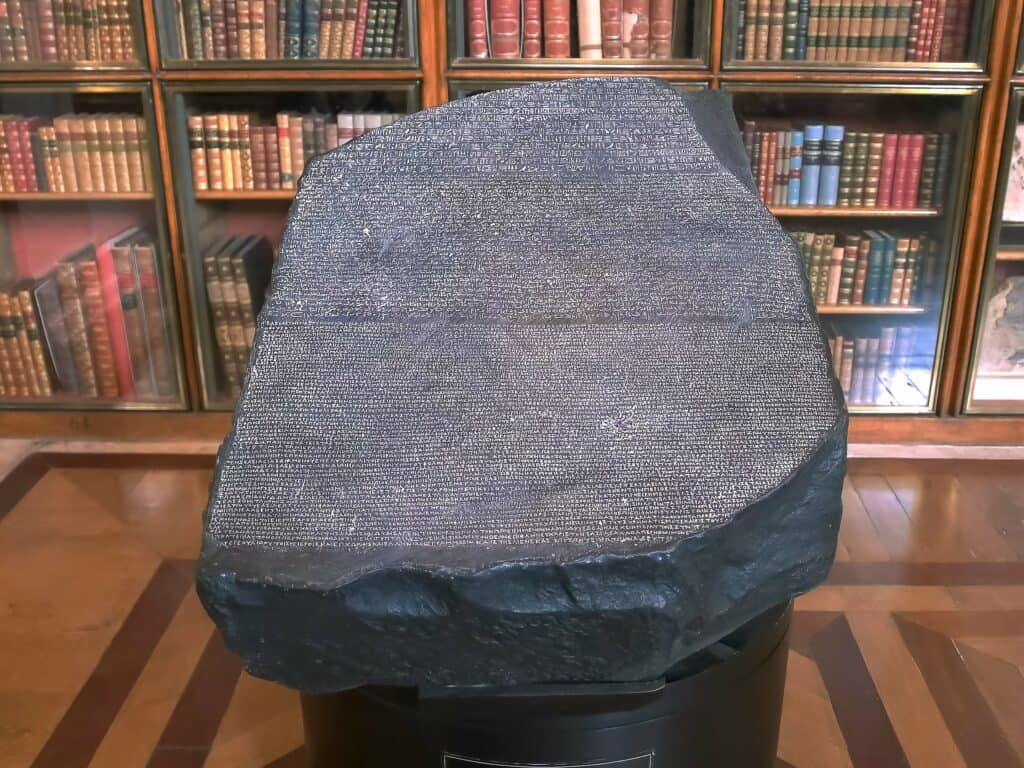
It was also during the French campaign that the Rosetta Stone was discovered. If you do not know what that is, let me tell you that it was the pathway to understanding ancient Egypt.
When the French philologist Champollion deciphered hieroglyphs, the ancient Egyptian writing system, all those tons of writings on the walls of temples, obelisks and papyri suddenly made sense after they had been like a mystery no one could crack for a long time.
The deciphering of the Rosetta Stone, along with the Description of Egypt, started an obsessive search for both secrets and treasures and, therefore, archaeological discoveries.
1801: Back to the Drawing Board
It mostly feels like the French campaign was kind of a three-year intermission, after which Egypt went back to its former struggle. When the Ottomans united with the British, defeated the French and forced them out, conflicts within the Mamluks and between them and the Ottomans over power vigorously resumed. Such a state of instability continued until 1805.
1805: Muhammad Ali Seizes Power
Muhammad Ali was an Ottoman military leader of Albanian origin who was sent to Egypt to help fight the French and kick them out. He was ambitious and sneaky and wanted to seize control of Egypt.
So as the Ottomans and the Mamluks were fighting, Muhammad Ali started working in silence to gain the support of the Egyptians until his efforts were finally crowned. In 1805, the most prominent Egyptian scholars demanded the replacement of the ruler of Egypt at the time with Muhammad Ali, which did happen, and Ali became the new Vali.
Muhammad Ali had big plans for Egypt. Just like our new year’s resolutions, Ali had a long list of reforms to make in Egypt. The only difference is that he was more persistent and utterly single-minded.
On top of Ali’s list was separating Egypt from the Ottoman Empire and turning it into a new global power that he and his dynasty, later called Alawiyya, could rule without the intervention of any other forces.
In order to do that, Muhammad Ali had to build a strong military. This was pretty much a keystone objective that brought along so many other reforms that together helped to modernise and reinvent Egypt.
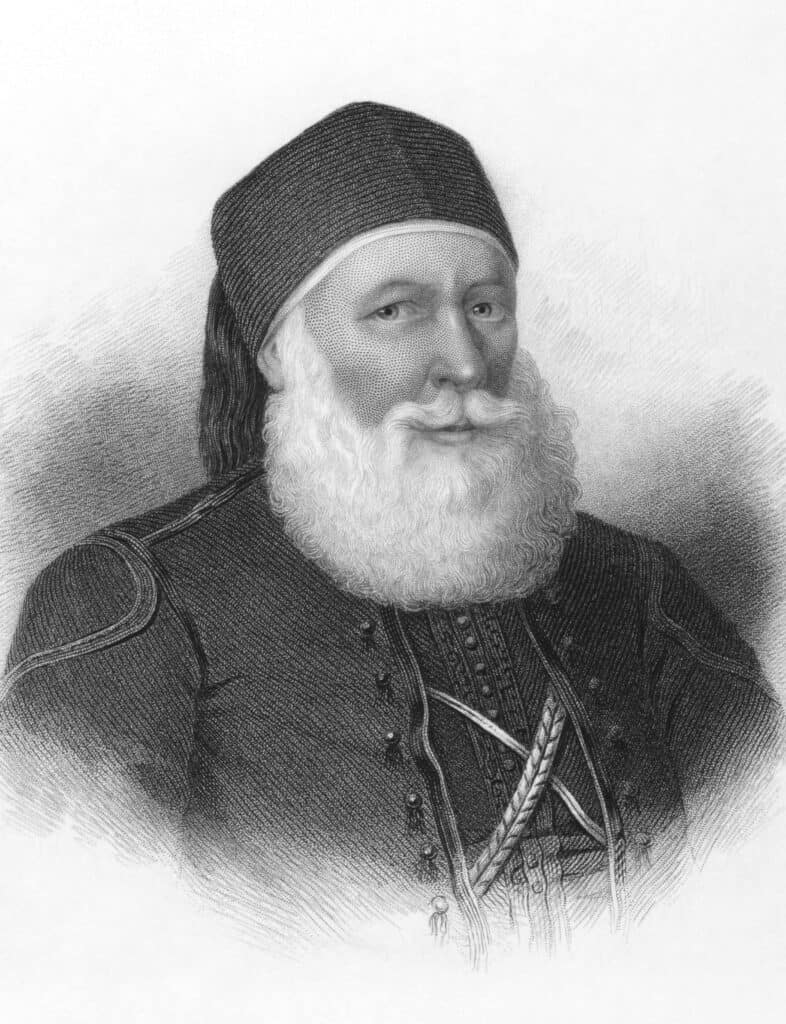
Reforming the Military
Once in power, Muhammad Ali started implementing his plans for a new modern military. To do that, he had to adopt the European military standards, so he sent out missions to Europe to study modern techniques and strategies, built new barracks, shipyards and even military schools, and increased the size of the military by issuing conscription.
At first, Muhammad Ali imported large quantities of modern weapons from Europe to support the military. But then he thought it would be much better if Egypt manufactured its own weapons. Consequently, he built new factories that produced large numbers of weapons every year.
As time went by, the Egyptian army was notably transforming. So Muhammad Ali, in a way to test his new military as well as implement his ambitious dreams, started sending campaigns to other countries. By the end of his reign, Ali controlled Egypt, the Levant, and Hejaz, which is the entire western region of modern-day Saudi Arabia and Sudan. He also took over Cyprus and Crete in Greece.
1808: Agriculture is Key
To gain the money to modernise the military, Muhammad Ali knew he was to make some harsh, mostly oppressive, decisions. By 1808, he had already nationalised all the lands in Egypt, and therefore, he owned all their production, and he did this pretty sneakily.
At the time, all lands were owned by the elite, who rented them to the farmers. The farmers paid taxes to the elite, who, in turn, paid taxes to the government. To seize the lands, Muhammad Ali raised the taxes the elite had to pay to a level he knew for sure they could not meet.
As desperate as they could be, the elite were then compelled to give up their land properties. Ali soon applied modern agricultural methods and used new irrigation systems that made the lands much more productive. He then sold that production to markets in Egypt and overseas, which gave back a big fat revenue to fund his ambitious projects.
1811: Bye Bye, Mamluks
While Muhammad Ali was issuing new laws, taking over the lands, sending missions, and establishing factories, the Mamluks were still around, still feeling like a stumbling stone in Ali’s way. They were deeply rooted in Egypt as they ruled for nearly six centuries and were much more familiar with it than he was. And even though they were weak at the time, they still posed some kind of a threat to him.
So just like when you eliminate distractions to focus on the task due tomorrow, Muhammad Ali sought to eradicate his distractions in what has been known as the Massacre of the Mamluks. On 1 March 1811, Ali invited all the Mamluk leaders to a big celebration in the Citadel of Cairo. Once they were all in, the doors were closed, and Ali’s special troops killed them all.
But it did not stop there. After the massacre, Ali sent forces to trace and eliminate the remaining Mamluks hiding in every corner of Egypt. In a short period, the Mamluks vanished, and Ali officially became the sole ruler of Egypt.
1820: Press
Another area that Muhammad Ali took much care of in his attempt to modernise Egypt was knowledge and education. To do that, Ali, again, sent a mission to Italy to study the different printing methods and buy printing machinery. As a result of this mission, the Boulaq Press, Egypt’s first-ever printing press, was established to spread knowledge, enrich intellectuality, and encourage learning.
The Amiri Press was opened in 1820 in the Boulaq neighbourhood of Cairo. In the beginning, it published only military books for the Egyptian army that Muhammad Ali focused on empowering. After that, more and more majors were included. Boulaq Press also allowed the translation of international scientific and literary works from other languages to Arabic, hence making them available for the crowds after they had been long limited to scholars.
Egypt’s first-ever newspaper was the Jurnal al-Khidiw. Well, it was more like a newsletter than a newspaper as we know it. The Journal, for short, was published in Turkish and Arabic and was primarily there to update Muhammad Ali with whatever happened in the Egyptian state.
The Journal was published only for a year and then ceased. Seven years later, the first official newspaper in Egypt, Al-Waqa’i’ al-Misriyya, came into existence.
1821: The Arabic Literary Renaissance
The Amiri Press was the beginning of the educational reform in Egypt which, again, used the European model, more specifically, the French one. Muhammad Ali built new schools in several fields and sent Egyptian students to Europe to learn languages; then, when they came back, he hired them at the schools to teach French curricula.
When al-Tahtawi came back, he worked on and supervised the translation of French books to Arabic, most of which were about history, technology, sociology, and of course, the military. He wrote about Western culture and established the School of Languages, where new generations could learn foreign languages in Egypt without having to travel abroad.
al-Tahtawi’s great work and dedication initiated a cultural movement, encouraged the development of literature in Egypt and became a profound source that inspired many scholars who came after him.
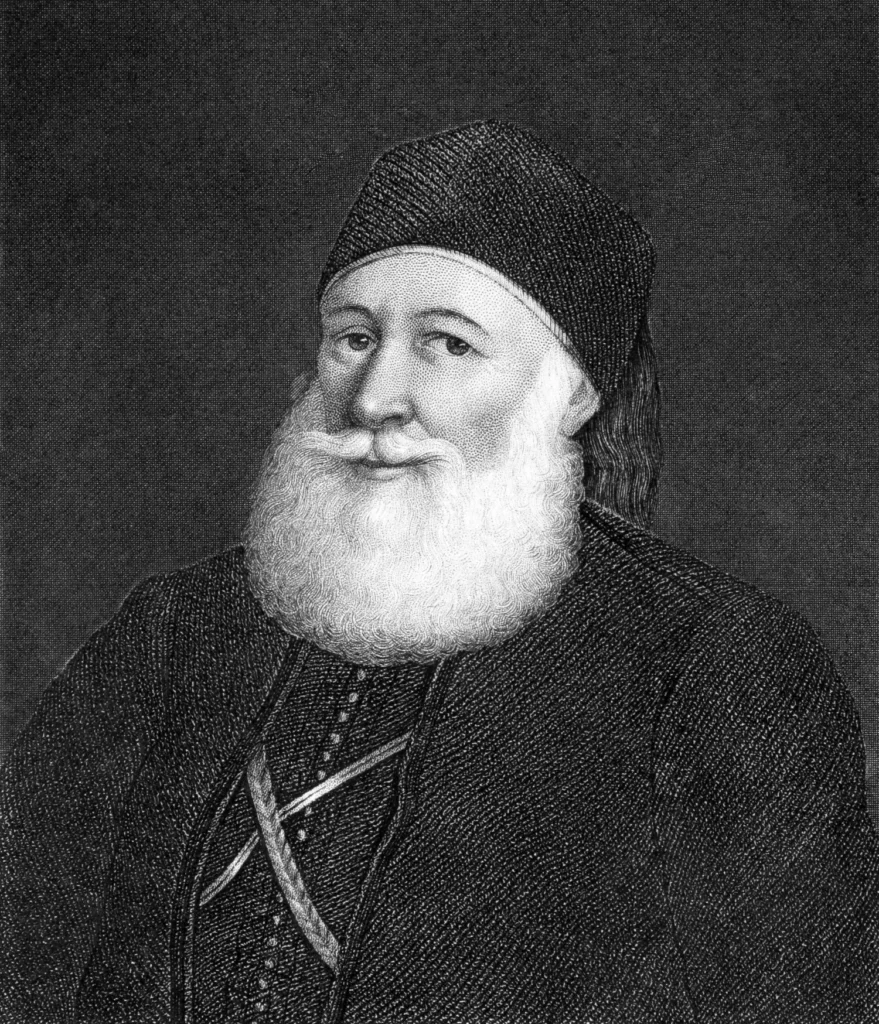
1826: In the Name of Law
Every independent country had a law system that every citizen complied with, and that was Ali’s next step to establish a strong state that had the potential not only to separate from the Ottoman Empire but maybe even compete with it.
Inspired by the Napoleonic code, Muhammad Ali created a legal system mainly to control and eliminate crime and ensure a state of stability in the country. Some of the things he first issued back in 1826 were equality before the law in spite of religion or social status, freedom of speech, and the right to a fair trial.
Ali also passed penal legislation in 1829, which provided punishment for those who violated the rules or committed crimes. To retain the authority of the law, he created a police force and dispatched them to Cairo and Alexandria.
Another reform that Ali made within the law system was the use of evidence in courts, best highlighted by autopsy reports. These helped very much in investigations and trials and allowed the application of the law.
1827: Medical Reform
Then it was the medicine’s turn.
Since Muhammad Ali’s main focus was to create a powerful army, he had to staff healthy troops and officers. But health was something a large sector of the population had an issue with. At the time, diseases were taking their toll on Egyptians of all ages. Contagious diseases also broke out, causing mortality rates to rise.
In other words, Muhammad Ali had to create a health system immediately if he wanted to go on with his objectives.
With the help of the French doctor Anthony Clot, Muhammad Ali established the first school of medicine in Egypt in 1827. Again, the school used European medical standards and started teaching a curriculum that included anatomy, pharmacology and physiology so doctors could establish their medical base, gain experience and be able to practise medicine. This helped much in promoting healthcare in Egypt by providing health services for the population.
Both Egyptian and European doctors worked in the school of medicine. At first, it was attached to a military hospital in Abu Zabal, an industrial settlement near Cairo. Then, the school was moved to Cairo and renamed Qasr al-Ainy School of Medicine, which would later become one of the best medical research centres and teaching hospitals in Egypt.
1832: Hakimas, not Midwives
The School of Medicine was a great success and had a magnificent impact on the development and modernisation of Egypt. Yet, there was just a teeny-tiny problem with it. It was that all the doctors were men, which meant they did not treat women who needed even more care.
Back in the day, women sought the help of midwives to assist them while giving birth. But even the best of those could not provide the proper care needed. So many women got badly infected while giving birth and either died or lost their newborns. To help fix this problem, Muhammad Ali appointed Anthony Clot to establish the first school of medicine for women to produce doctoresses or, as it is said in Arabic, Hakimas.
The early students were basically French women who were living in Egypt. To encourage them to continue their studies, get into the workforce and start treating women, students stayed at dormitories for free and were offered food and allowance. They were taught Arabic to be able to communicate with Egyptian women. After graduation, some were given jobs in civil hospitals, and others were appointed instructors at the school to teach new students.
Doctoresses were even given promotions if they married doctors!
Establishing a school of medicine for women had a tremendous impact on women’s health especially. Doctoresses used the latest medical techniques when they treated women. They followed secure ways to deliver the babies and used vaccination which decreased the number of child deaths dramatically. Another pay-off of such reform was changing the mindset of Egyptians, who did not permit the education of women at the time. Comparing women’s health before and after the doctoresses made many people gradually accept sending their girls to schools.
Muhammad Ali’s main goal was to create a strong army to help split Egypt from the Ottoman Empire and become an independent power on its own. Although he died before he could achieve the independence he wished for, Ali did take the Egyptian state to a brand new level thanks to the reforms he made in so many other fields.
If you consider coming to Egypt any time soon or later, make sure you check our story on the most amazing places to visit and activities to do, among which should, for sure, be a visit to Mohammad Ali’s stunning mosque.


